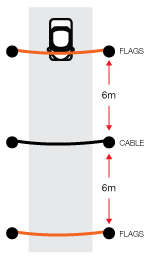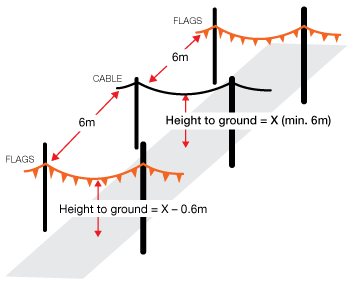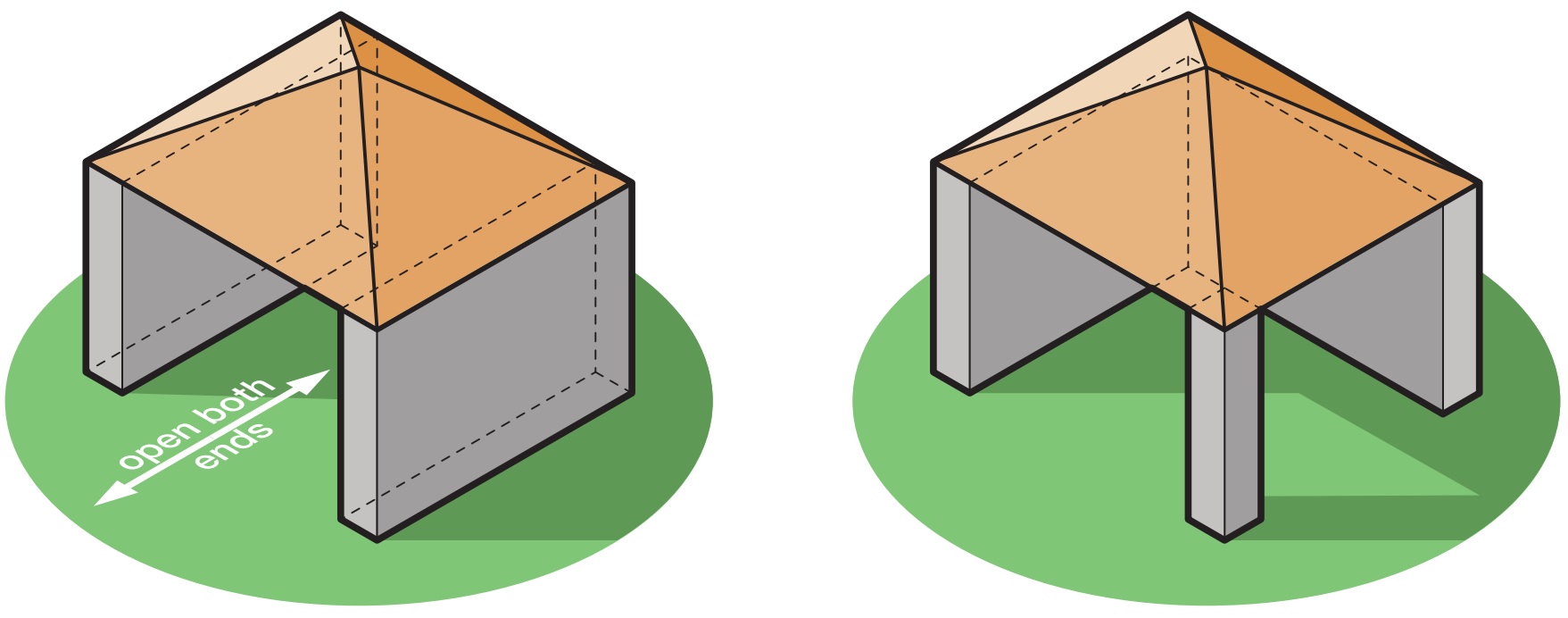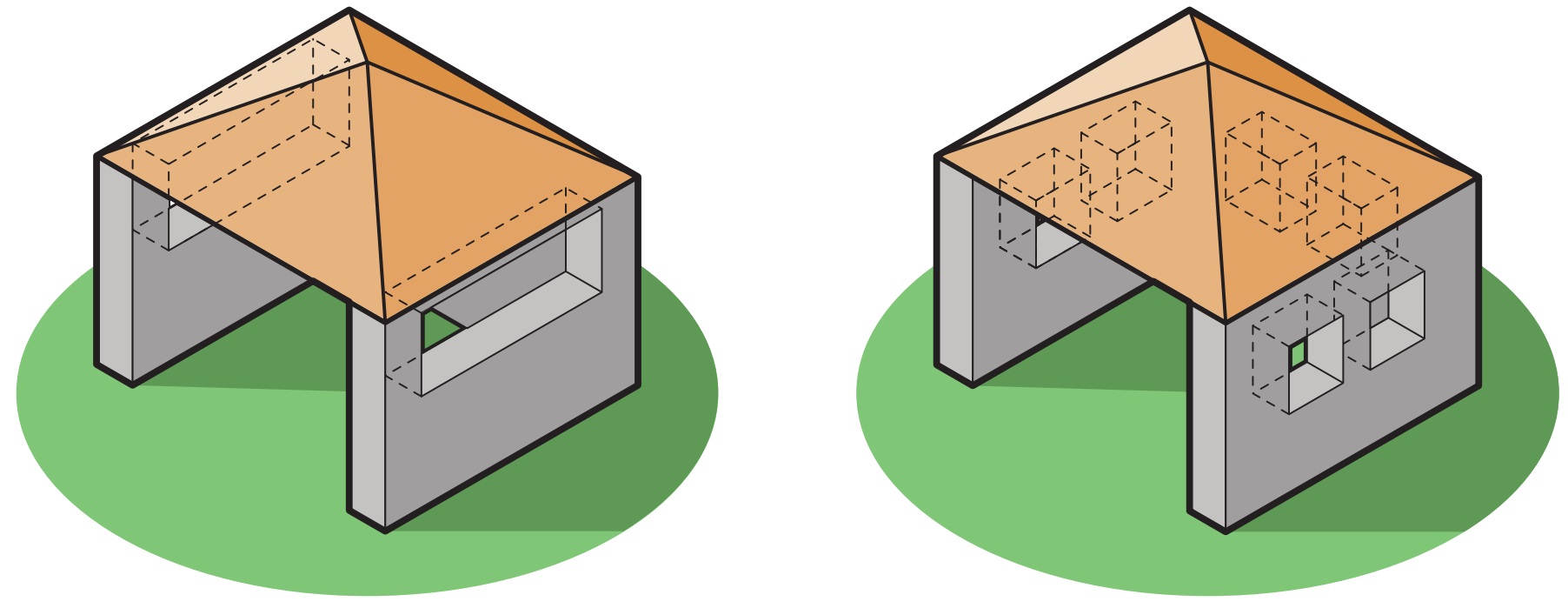Safety auditors from the Office of the Technical Regulator (OTR) can conduct event inspections without prior notice. Individuals who knowingly use unsafe electrical and gas installations face penalties of up to $250,000.
Unsafe installations will be disconnected and must be corrected before being used.
On this page
Electrical safety
An electrical installation includes any wiring system for devices at the festival or public event - inside and out. This can include:
- on stage
- in concession tents
- living quarters
- all other structures.
This also includes extension cords and power boards.
Overhead wiring
Wires must be at least 6m above the ground if overhead wiring is installed near:
- concession tents or stalls
- parking areas
- areas where there is pedestrian or vehicle traffic.

Overhead wiring shouldn’t cross roadways or access-ways where cranes, high loads or heavy machinery could travel. If it does, 2 more flagged cables - or other suitable warning cables - must be installed:
- 6 m either side of the overhead wiring
- at least 0.6 m below the lowest point of the overhead wiring.
When strung up, all cables must be able to hold their own weight - at the correct height - as an insulated aerial conductor. Otherwise cables must be supported by a secondary wire - for example, a steel wire or rope.


Installing cables, including extension cords
All electrical cables, including extension cords and other plug-in items must be designed and installed to the correct Australian standard.
AS/NZS 3002 Electrical Installations – Shows and Carnivals.
Protective coverings
Any socket outlets, extension cord plugs or other connectors exposed to the weather must be protected from water. Socket outlets and plugs must be correctly IP (ingress protection) rated for their location, and extension lead plugs must have the correct coverings.
Plastic bags do not protect connections as they can collect water rather than keep it out.
Cables on the ground must be protected if they can be walked or driven on because:
- people can trip on them
- traffic can wear out the outer covering and expose the bare copper.
Festoon and decorative lighting
Lamps can release a large amount of heat. To avoid fire and injury, festoon and decorative lighting must be at least:
- 150 mm away from flammable materials or metal
- 6 m above the ground if there could be vehicle traffic
- 2.7 m above the ground where people are likely to stand:
- you could also install lamp holders immediately below a ceiling or fixed to a structure in a way they will not get damaged.
Gas safety
A gas installation at a festival or public event includes:
- gas cylinders
- pipework
- heaters
- hot water units
- cooking appliances, including catering vehicles
- other appliances using LP gas.
Current gas safety issues at Adelaide festivals:
You must make sure:
- you can show evidence the above are certified
- all parts of the installation are good working order and condition
- operating procedures are available - including emergency procedures.
Ventilation in structures
A structure is classified as outdoor if 50% of the total area is open to atmosphere. If it meets these requirements, outdoor certified gas appliances may be used.
1. Two sides must be open.

OR
2. One side must be open - equal to 25% of the total wall area - and at least 30% of the remaining total wall area must be open and unrestricted.

Cooking appliances
Cooking appliances must be:
- installed in line with the manufacturer’s instructions
- secured to prevent movement, and placed on a stable and level surface
- operated away from combustible materials or surfaces
- able to support the weight of filled gas appliances and cookware
- protected from direct drafts in a well-ventilated area.
Barbeques, ring and portable woks burners:
- should only be used outdoors
- may be used under a covered area that complies with the ventilation requirements for outdoor structures.
Ring and portable wok burners must also feature an integrated pan support.
Food trucks, mobile catering vehicles or enclosed trailers:
- metal compliance plates must be affixed to vehicles
- a copy of the certificate of compliance must be kept in the van or trailer and available during audits
- attached appliances must be certified for use indoors
- flame safeguards on all burners should be installed
- appliances must be secured to stop them from moving during travel.
- a gas isolation valve must be used on the appliance connection
- an interlock to isolate the gas supply must be used for appliances that remain connected when stowed.
Clearances from combustible materials and surfaces
Gas appliances must be used in a way that doesn't damage nearby combustible surfaces.
Safe clearance distances between combustible surfaces and appliances can ensure surfaces don't ignite. But you'll need to continue to monitor for fire hazards.
| Gas appliance | Minimum clearance |
|---|---|
| Target top cooking table, griddle, barbeque, char griller/broiler or open top flare griller/broiler | 1350 mm |
| Solid grill plate, deep fryer (top of pan) | 600 mm |
| Open flame gas appliance (ie. hotplate burner) | 1050 mm |
| Kebab cooker | 200 mm |
| Rear and side of all appliances | 250 mm |
Submit a gas safety checklist and outdoor event application
Event organisers should complete the checklist and submit it before their event. They will also need to understand with their legal obligations.
Legal obligations
Event organisers and facilitators are legally responsibility for the safe operation and use of gas, electrical and plumbing equipment at events.
Event organisers and facilitators must make sure that:
- the OTR is given the event details
- regular inspections are carried out on the operations and facilities before and during the event
- records and safety arrangements of installations are prepared and retained by their operators
- a suitably competent and experienced person will oversee all gas activities, including the lighting and extinguishing of appliances
- risk assessment and documents are completed and retained.
The event organiser must liaise with fire services, regulatory authorities, gas suppliers, catering vendors and appliance equipment hirers.
SafeWork SA also have event requirements for gas and electrical installations.
Licensed tradespeople must be used
Only licensed electricians and gasfitters can complete electrical and gas work in South Australia. Insurance might not cover claims caused by do-it-yourself electrical or gas works.
- Check your tradesperson is licensed
- ask for a certificate of compliance for the work they complete, to confirm it is compliant to Australian Standards.
Related information
On this site
- Using gas appliances safely
- Barbecue safety
- Ventilation for gas appliances
- Portable butane gas stove safety
Documents
- Electrical safety at festivals and events checklist (30.5 KB PDF)
Contact the OTR
The OTR teams - Electrical trades and Gas trades - can answer any questions you might have about your installations at an event.

